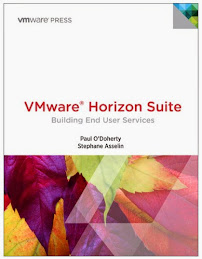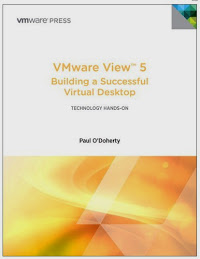This information is based on a presentation given by Rowena Samuel, the Canadian Technical Partner Manager at NetApp while at our VMworld revisited event.
We all are aware that Virtualization creates storage challenges. Inherently centralized storage is more expensive than DASD. What is often overlooked is the cost of floor space for storage related to server or desktop virtualization. What also impacts storage is the increased consumption rate of storage in virtual environments and new response time expectations.
NetApp addresses cost using deduplication and storage efficiency. When NetApp talks about storage efficiency they are talking about server offload or using wintel servers as servers and storage devices for storage and backup.
To NetApp mobility is about being able to mirror data between data centers; in addition integration with virtualization products from VMware like SRM is very important to NetApps strategy.
NetApp believes unified storage is much more than multi-protocol support. It's also about unified storage controllers to enable customers to move from low end to high end storage. NetApp also supports other vendors storage solutions by adding NetApp controllers in front of existing storage solutions.
Unification also means one management tool and one storage OS to support.
NetApp integrates "tier-less" storage or high speed caching hardware called Flashcache. NetApp provides many degrees of efficiency such as using Flashcache in front of SATA to accelerate cheaper disk solutions.
NetApp Snapshot technology is highly robust and plugs into VMware management tools. For example, you can snapshot entire data stores but recover individual vms using NetApp technology. NetApp believes strongly in the value of deduplication in virtualization environments. They offer a guarantee of a 50% recovery of storage when NetApp dedupe is integrated into virtual infrastructure (of course conditions apply)
NetApp offers storage for 50$/VDI instance however you will have to check through their white papers to determine what combination of product and configuration is required to provide this price point.
Flashcache prevents boot storms (performance issues on storage caused by multiple vms starting at the same time) by reading from cache vs. The disk subsystem. It is dedupe aware so if 100 images are requested only one loads and is can be used to serve multiple requests. This can offer significant performance gains and cost savings in VDI environments.
NetApp is very excited about the vCloud Director. They were heavily involved in the testing stage prior to product launch. NetApp sees vCloud Director as the first initial offering in the ITaaS (IT as a Service) space.
The key features of vCloud are support for virtual data centers or true multi-tenant environments. In addition Infrastructure service catalogs can be created to allow users to browse and select vms or a collection of vms representing an application or service. vCloud Director fully integrates with VMware Orchestrator. vCloud director provides an extra level of abstraction on virtual infrastructure to merge public and private clouds.
NetApp believes they can enhance multi-tenant environments because they can create virtual storage devices on top of a single storage device. While customers may not require these features now, these technologies will be increasingly important as we migrate to the cloud. The full value message can be found on youtube at http://tinyurl.com/36wx9cw
NetApp sees a journey towards the cloud as a roadmap for all customers. To prepare for this customers will need to integrate their silos of virtualization and standardize to ensure they are "cloud ready"
- Posted using BlogPress from my iPad
Subscribe to:
Post Comments (Atom)





No comments:
Post a Comment